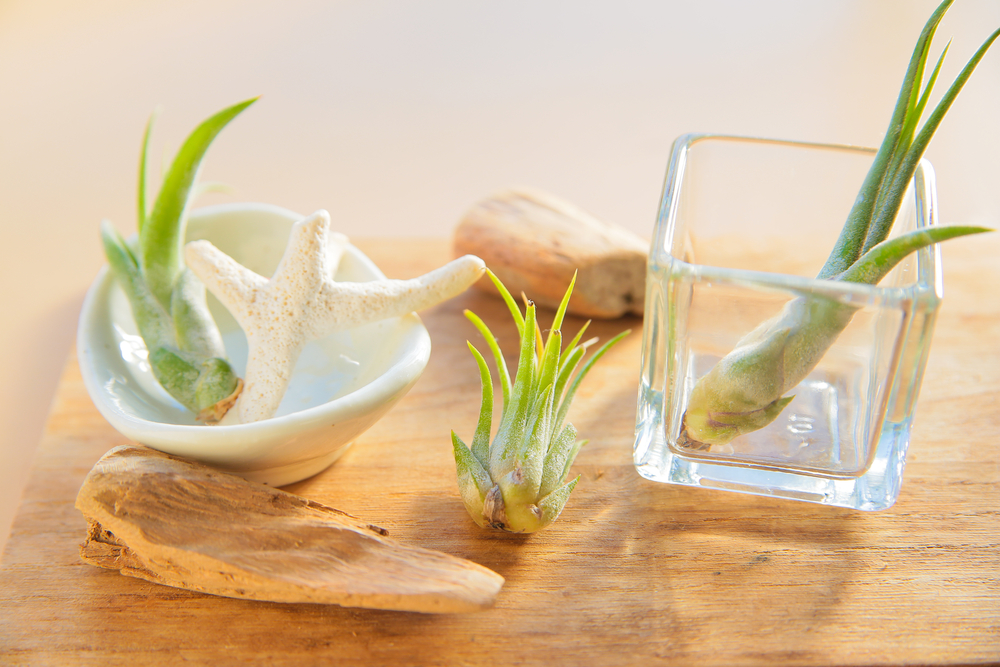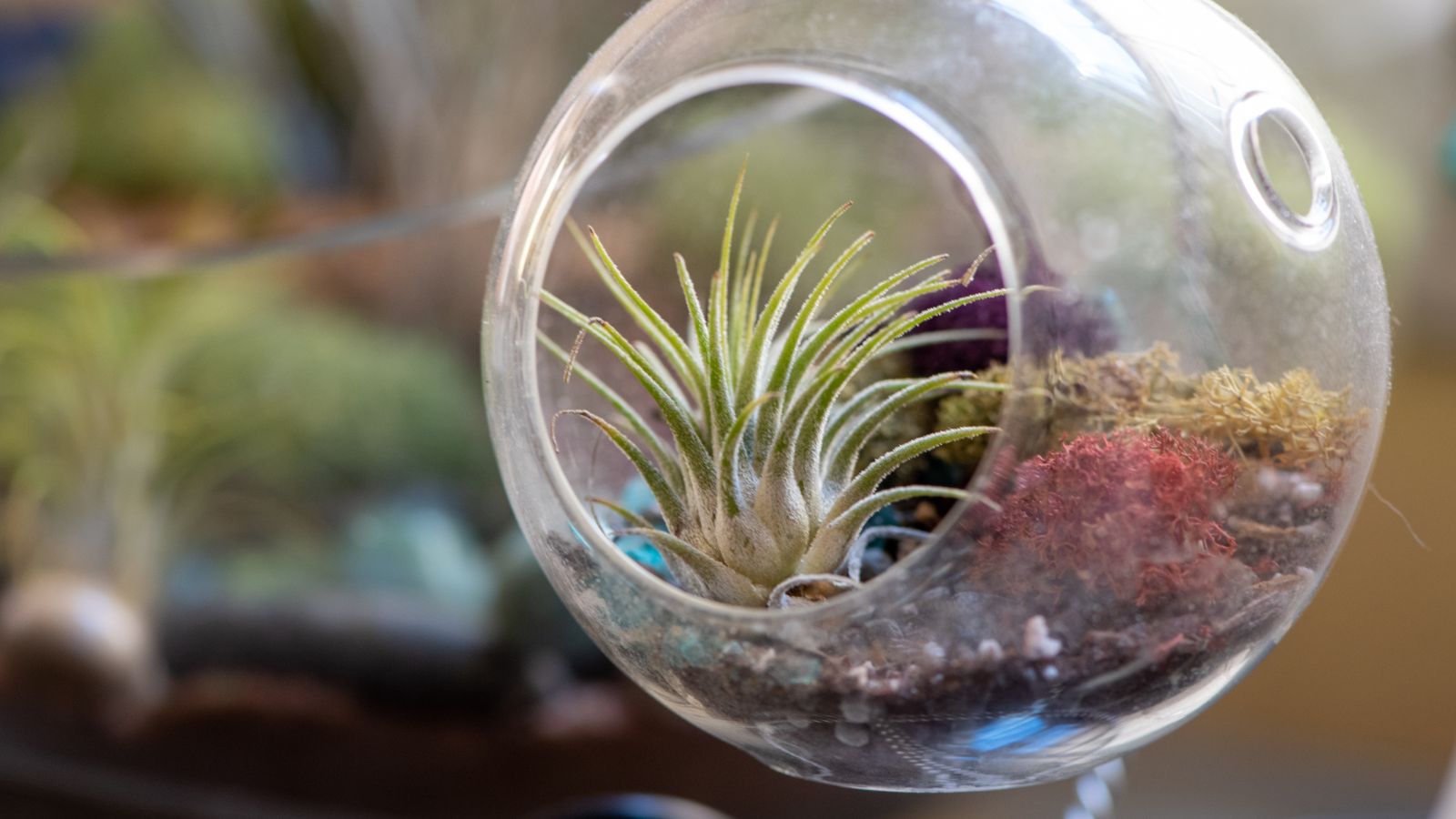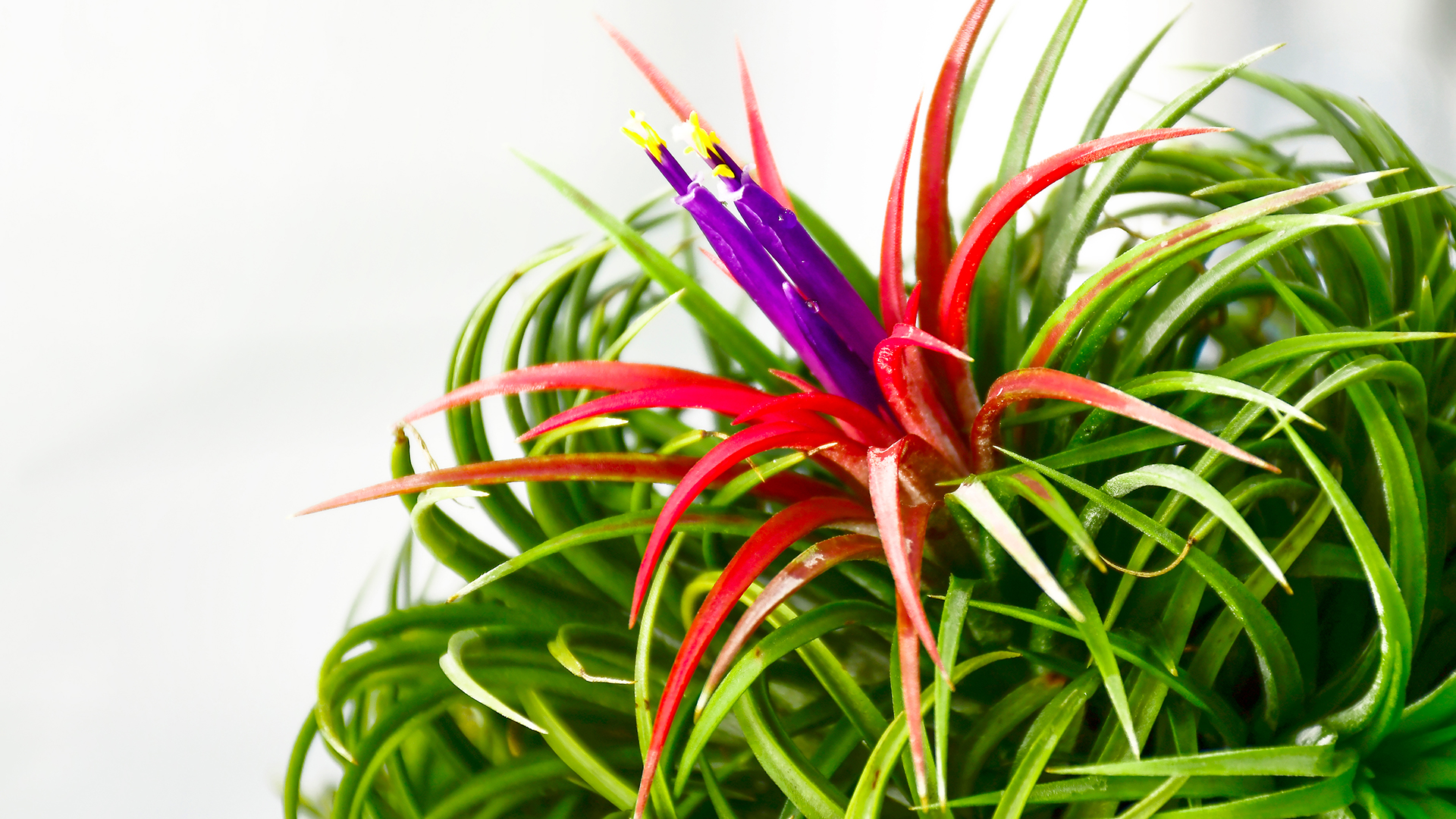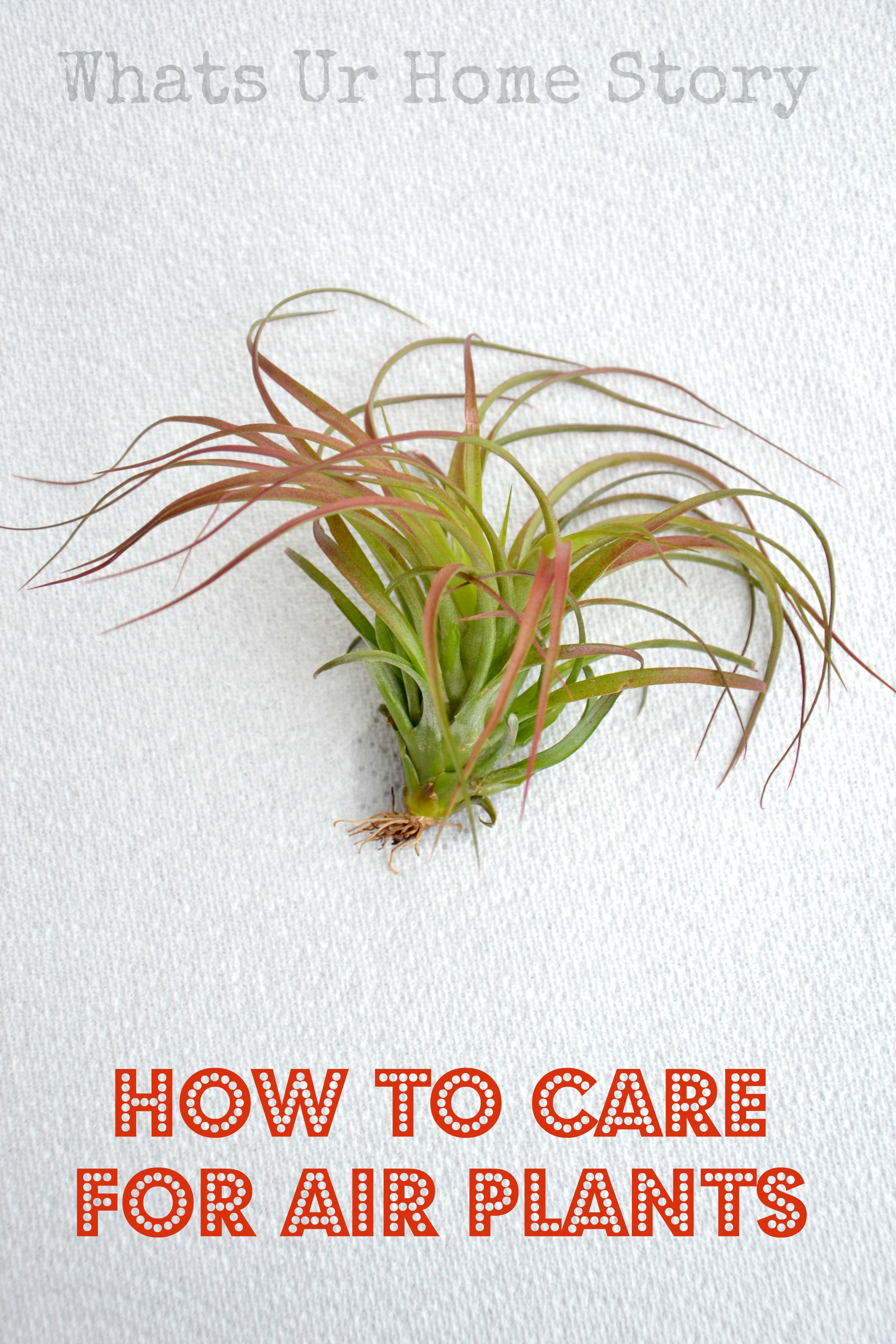Unlocking the Secrets of Airplant Care
Airplants, also known as tillandsia, are unique and fascinating plants that have gained popularity in recent years. These epiphytes don’t require soil and can thrive in a variety of environments, making them a great option for indoor spaces. However, to keep your airplants healthy and thriving, it’s essential to understand their specific needs. Learning how to care for airplants requires a delicate balance of light, water, and nutrients. By providing the right conditions, you can enjoy the beauty and benefits of these low-maintenance plants. In fact, with proper care, airplants can live for several years, and some species can even bloom multiple times. To get started, it’s crucial to understand the basics of airplant care, including their lighting, watering, and nutritional needs.
Providing the Right Environment: Lighting and Temperature
When it comes to how to care for airplants, providing the right environment is crucial. Airplants require bright, indirect sunlight to photosynthesize and thrive. Placing them near an east- or west-facing window is ideal, as direct sunlight can cause the leaves to become scorched. If natural light is limited, airplants can also thrive under artificial lighting options, such as LED grow lights or fluorescent lights. It’s essential to maintain a consistent lighting schedule to ensure your airplants receive the necessary amount of light.
In addition to lighting, airplants are sensitive to temperature fluctuations. The optimal temperature range for airplants is between 50°F to 90°F (10°C to 32°C), with an average temperature of 70°F to 80°F (21°C to 27°C) being ideal. Avoid placing airplants near heating or cooling vents, fireplaces, or drafty windows, as sudden temperature changes can cause stress and damage to the plant.
How to Water Your Airplants: A Delicate Balance
Watering is a critical aspect of how to care for airplants, as they require a delicate balance of moisture to thrive. Unlike traditional plants, airplants don’t have roots to absorb water, so they rely on their leaves to absorb moisture. There are three main methods to water airplants: misting, soaking, and drying.
Misting involves spraying the leaves with a fine mist of water, usually 2-3 times a week. This method is ideal for airplants that require high humidity, such as those in tropical or humid environments. Soaking, on the other hand, involves submerging the airplant in a bowl of water for 1-2 hours, once a week. This method is suitable for airplants that require more moisture, such as those in dry environments. After soaking, it’s essential to dry the airplant thoroughly to prevent rot and decay.
Overwatering is a common mistake that can lead to root rot and kill the airplant. To avoid this, make sure to dry the airplant completely after watering, and avoid getting water in the center of the plant. Underwatering, on the other hand, can cause the airplant to become brittle and fragile. To prevent this, monitor the airplant’s leaves and stems, and adjust the watering schedule accordingly.
By mastering the art of watering, you can ensure your airplants receive the right amount of moisture to thrive. Remember, the key to successful airplant care is to find a balance that works for your specific plant, and to monitor its needs regularly.
Nutrient-Rich Food for Healthy Airplants
Fertilizing is an essential aspect of how to care for airplants, as it provides them with the necessary nutrients to thrive. Airplants require a balanced diet of nutrients, including nitrogen, phosphorus, and potassium, to maintain their vibrant colors and healthy growth. When choosing a fertilizer for airplants, it’s essential to select a product that is specifically formulated for epiphytes, as they have different nutritional needs than traditional plants.
There are several types of fertilizers that can be used to feed airplants, including liquid fertilizers, spray fertilizers, and granular fertilizers. Liquid fertilizers are a popular choice, as they can be easily mixed with water and sprayed onto the airplant. Spray fertilizers, on the other hand, provide a quick and easy way to fertilize airplants, while granular fertilizers offer a slow-release of nutrients over time.
When applying fertilizer to airplants, it’s essential to follow the manufacturer’s instructions carefully to avoid over-fertilizing. Over-fertilizing can cause damage to the airplant, including burned leaves and roots. A general rule of thumb is to fertilize airplants once a month during the growing season, and once every 2-3 months during the dormant season.
In addition to fertilizers, airplants can also benefit from other nutrient-rich foods, such as bromeliad-specific plant food and orchid fertilizers. These products provide airplants with the necessary nutrients to thrive, and can be used in conjunction with traditional fertilizers to provide an extra boost of nutrition.
By providing airplants with the right nutrients, you can ensure they receive the necessary food to thrive. Remember, fertilizing is an essential part of how to care for airplants, and should be done regularly to maintain their health and vitality.
Pruning and Grooming: Maintaining Airplant Shape and Size
Pruning and grooming are essential aspects of how to care for airplants, as they help maintain the plant’s shape and size. Airplants can become leggy and unruly if not properly pruned, which can affect their overall appearance and health. Regular pruning and grooming can also encourage airplants to produce more offsets, or pups, which can be used to propagate new plants.
To prune an airplant, start by removing any dead or damaged leaves or stems. This will help prevent the spread of disease and encourage healthy growth. Next, use a pair of sharp, clean scissors or pruning shears to trim back any leggy stems or leaves. Be careful not to cut too much of the plant, as this can cause stress and lead to disease.
After pruning, use a soft-bristled brush or a cotton swab to gently remove any dirt or debris from the plant’s leaves and stems. This will help keep the plant clean and promote healthy growth. Finally, use a misting bottle to spray the plant with water, which will help keep the leaves hydrated and plump.
In addition to pruning and grooming, airplants can also benefit from regular rotation. Rotating the plant every few days will help ensure that all sides of the plant receive equal amounts of light, which can promote healthy growth and prevent leaning.
By regularly pruning and grooming airplants, you can keep them looking their best and encourage healthy growth. Remember, pruning and grooming are important aspects of how to care for airplants, and should be done regularly to maintain the plant’s shape and size.
Pest Control and Disease Prevention
When it comes to how to care for airplants, pest control and disease prevention are crucial aspects to consider. Airplants are susceptible to various pests and diseases that can cause significant damage and even death if left untreated. In this section, we’ll discuss common pests and diseases that affect airplants and provide tips on how to prevent and treat these issues.
Common pests that affect airplants include spider mites, mealybugs, and scale. These pests can cause damage to the plant’s leaves and stems, leading to yellowing, droopy, or distorted growth. To prevent pest infestations, it’s essential to regularly inspect your airplants for signs of pests, such as tiny eggs, webs, or actual pests on the plant. Isolate infested plants, and treat them with insecticidal soap or neem oil according to the product’s instructions.
Diseases that affect airplants include root rot, leaf rot, and fungal infections. These diseases can be caused by overwatering, poor air circulation, and high humidity. To prevent diseases, ensure your airplants are receiving proper air circulation, and avoid overwatering. If you notice any signs of disease, such as soft, mushy leaves or stems, remove the affected areas immediately, and treat the plant with a fungicide.
In addition to pest control and disease prevention, it’s essential to maintain good airplant hygiene. Regularly clean your airplants with a soft-bristled brush or a cotton swab to remove dirt and debris. This will help prevent pests and diseases from taking hold. Also, avoid touching your airplants excessively, as this can transfer bacteria and other pathogens to the plant.
By being proactive about pest control and disease prevention, you can ensure your airplants remain healthy and thrive. Remember, how to care for airplants involves regular monitoring and maintenance to prevent common issues that can arise.
Propagation and Repotting: Expanding Your Airplant Collection
One of the most exciting aspects of how to care for airplants is propagation and repotting. Airplants produce offsets, or pups, which can be separated and planted in a new pot to create a new airplant. This process not only allows you to expand your airplant collection but also helps to keep your airplants healthy and thriving.
To propagate an airplant, start by selecting a healthy mother plant with multiple pups. Wait until the pups are at least 1-2 inches in diameter and have developed their own roots. Then, gently twist or cut the pup from the mother plant, making sure to leave a small amount of stem attached to the pup. Allow the cut end to dry for a few days to form a callus, which will help prevent rot.
Once the callus has formed, plant the pup in a new pot filled with a well-draining airplant medium. Water the pup thoroughly, and then mist it regularly to keep the soil moist. Keep the soil consistently moist but not waterlogged, as this can cause root rot.
In addition to propagation, repotting is an essential aspect of how to care for airplants. Airplants typically need to be repotted every 1-3 years, as their roots can become pot-bound and limit their growth. To repot an airplant, gently remove it from its pot, taking care not to damage the roots. Inspect the roots, and trim away any dead or damaged roots. Then, plant the airplant in a new pot filled with fresh airplant medium, and water thoroughly.
By mastering the art of propagation and repotting, you can expand your airplant collection and keep your plants healthy and thriving. Remember, how to care for airplants involves regular maintenance and attention to their needs, and propagation and repotting are essential aspects of this process.
Troubleshooting Common Airplant Care Issues
Despite their low-maintenance reputation, airplants can still encounter problems that affect their health and appearance. As a responsible airplant owner, it’s essential to know how to identify and address common issues that may arise. In this section, we’ll explore common airplant care problems and provide troubleshooting tips to help you overcome them.
One of the most common issues airplant owners face is yellowing leaves. This can be caused by overwatering, underwatering, or exposure to direct sunlight. To address yellowing leaves, adjust your watering schedule, ensure your airplant is receiving indirect sunlight, and fertilize regularly to provide essential nutrients.
Droopy stems are another common problem that can be caused by a lack of moisture, poor air circulation, or root rot. To troubleshoot droopy stems, increase the frequency of misting, ensure good air circulation around your airplant, and inspect the roots for signs of rot.
Lack of growth is a common issue that can be caused by inadequate light, poor fertilization, or insufficient water. To promote healthy growth, ensure your airplant is receiving sufficient indirect sunlight, fertilize regularly, and maintain a consistent watering schedule.
By understanding the common problems that can affect airplants and knowing how to troubleshoot them, you can ensure your airplants remain healthy and thrive. Remember, how to care for airplants involves regular monitoring and maintenance to prevent common issues from arising.
In addition to these common problems, it’s essential to monitor your airplants regularly for signs of pests or diseases. Regularly inspect your airplants for signs of spider mites, mealybugs, or root rot, and take action promptly if you notice any issues.
By following these troubleshooting tips and staying vigilant, you can overcome common airplant care issues and enjoy the many benefits of nurturing these unique and fascinating plants. With proper care and attention, your airplants will thrive, and you’ll be rewarded with beautiful, healthy plants that bring joy and beauty to your space.







